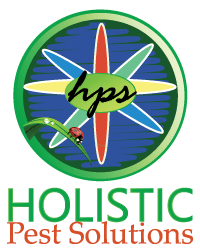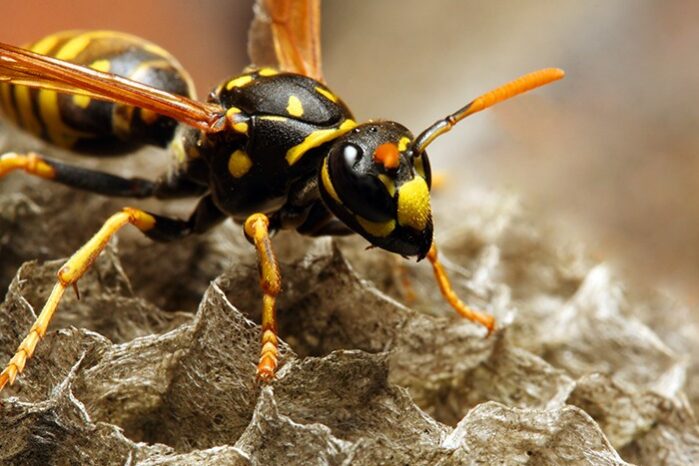The end of summer in Virginia marks the unfortunate time for aggressive yellow jackets. Yellow jacket colonies grow largest in late summer and early Fall, just when their food sources begin to diminish. So when the weather turns cooler, it makes for plenty of frustrated, hungry wasps.
They Are Hangry (hungry/angry)
As we said earlier, food sources will be limited soon, so the yellow jackets are clamoring for nourishment. During the fall, the queen is building up fat reserves to leave the nest and find a place for the winter. When she leaves the nest, many of the others leave as well making 4,000-5,000 yellow jackets hungry and homeless. These homeless wasps will go scavenging in your garbage, barbeques, open sodas, etc, making your home a target. There are a few things you can do to detract the hangry:
- Cover your outside garbage
-
Clean up – don’t leave out sweet foods or drinks on your porch or deck
-
Avoid wearing sweet or flowery perfumes
-
Check your seat before you sit
-
Watch where you place your hands outside
-
Don’t provoke or swat at a yellow jacket if you see one
-
Make sure if your windows are open, you have screens in place
-
Open and close doors quickly
Their Nest Size Has Increased
Yellow jackets are defensive of their nest and will attack any threat to it. A guard is posted outside of the nest and when threatened, the guard will alert the other wasps to attack. Once Fall rolls around, nest sizes are at their peak and there can be as many as 5,000 yellow jacket workers which make their presence more dangerous.
The best way to protect yourself and your home is to find a yellow jacket nest before it grows too big. Please do not remove it on your own. A professional team is the easiest and safest way to remove a wasp nest. Holistic Pest Solutions is here to assist you in this time for aggressive yellow jackets. Give us a call 434-842-1700!
See also – 10 Ways To Avoid Bee Stings
*Our Environmental Commitment: Holistic Pest Solutions is committed to the preservation of our environment. Our goal is to nurture the soils and plant life of lawns and landscapes. Utilizing holistic pest control practices that cause the least amount of impact on the environment.







